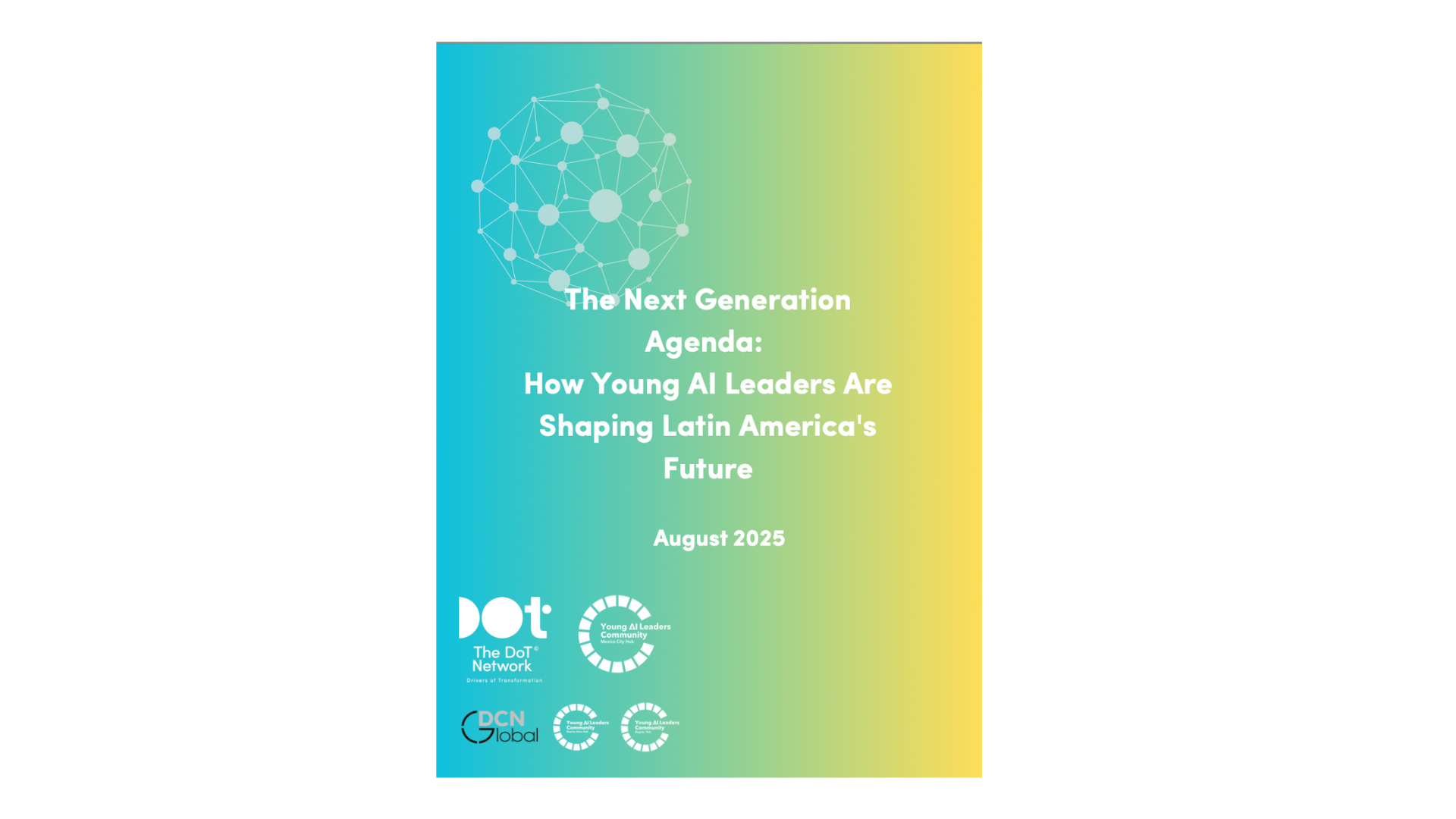


Every year, hundreds of events are organized around the world about the importance of fighting disinformation and fact-checking. Despite all these efforts, it is hard to believe that one-day disinformation will cease to exist. It can be modified, mutated, and presented in new ways, but complete disappearance, at least for now, is not possible.
The most effective way to combat disinformation is to inform and educate the public. To implement combatting disinformation, joint efforts and a complex approach are necessary. Governments can promote the dissemination of quality journalism and the teaching of subjects related to media literacy in schools and other educational institutions are vital.
Another important way to prevent the spread of disinformation is to financially disengage with websites that spread such information. This is especially important for the companies that sign advertising contracts with sites that are notorious for spreading disinformation. Refusing to pay advertising that promotes disinformation is an exemplary model of social responsibility.
A reliable method of combating disinformation is to increase the level of media literacy within society. The introduction of media literacy courses in schools and other educational institutions can significantly contribute to reducing the spread of disinformation.
It is wrong to think that the fight against disinformation is only a concern of journalists. No one is exempt from the consequences of disinformation, but the role of the media is vital. Fact-checking is a key tool that the media can use to counter disinformation. Checking the facts can correct information when preparing articles, connect them logically, and reduce the risk of mistakes as much as possible. The more quality, factual and credible articles appear in the field, the less room is left for manipulation and forgery.
Fact-checkers respond to articles or news in the field that are questionable and confuse readers. Fact-checkers may find that an article is completely false, partially false, manipulative, or simply fabricated. There are not many reliable fact-checkers in Armenia, but some media outlets have their fact-checking teams, or separate fact-checking platforms.
Even though disinformation is mainly spread through social networks, it does not mean that social networks should be treated negatively. It creates a separate feed for each of us based on our activity, with what kind of content we like or share. Many social networks allow users to report disinformation online. Marking the publication as false information, the social network reviews it, and if it is indeed false, for example, Facebook adds a label and warns that the given content is false.
In this regard, it is important not to be indifferent, so when you come across any publication containing disinformation, report it to the social network where you saw it.
*This article was created in the frame of the project Building Digital Resilience in Armenian Society. Building Digital Resilience in Armenian Society is a certified training course on how to fight disinformation in real-time, identify and prevent its spread, and inform and warn others. The sessions have been followed by a series of articles exploring the topic. The goal of the project is strengthening Armenian media literacy, civil society, and its resilience to disinformation and/or strengthening the strategic communication capabilities of the Armenian state institutions.
Disclaimer: "Building Digital Resilience in Armenian Society” project implemented by DCN Armenia and Civic Resilience Initiative.
Project funders and partners: EMBASSY OF THE REPUBLIC OF LITHUANIA TO THE REPUBLIC OF ARMENIA and the program Lithuania's Development Cooperation.


